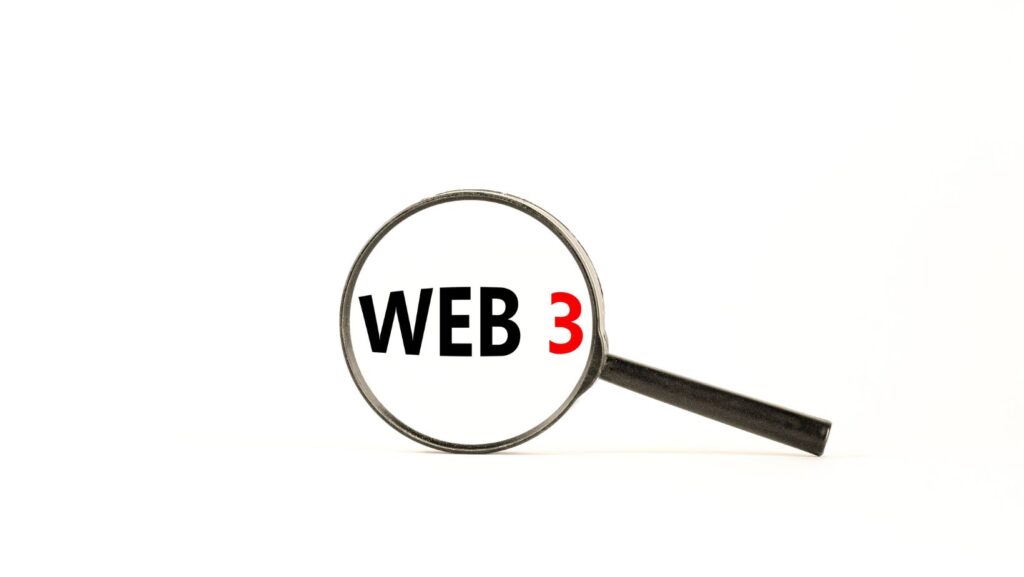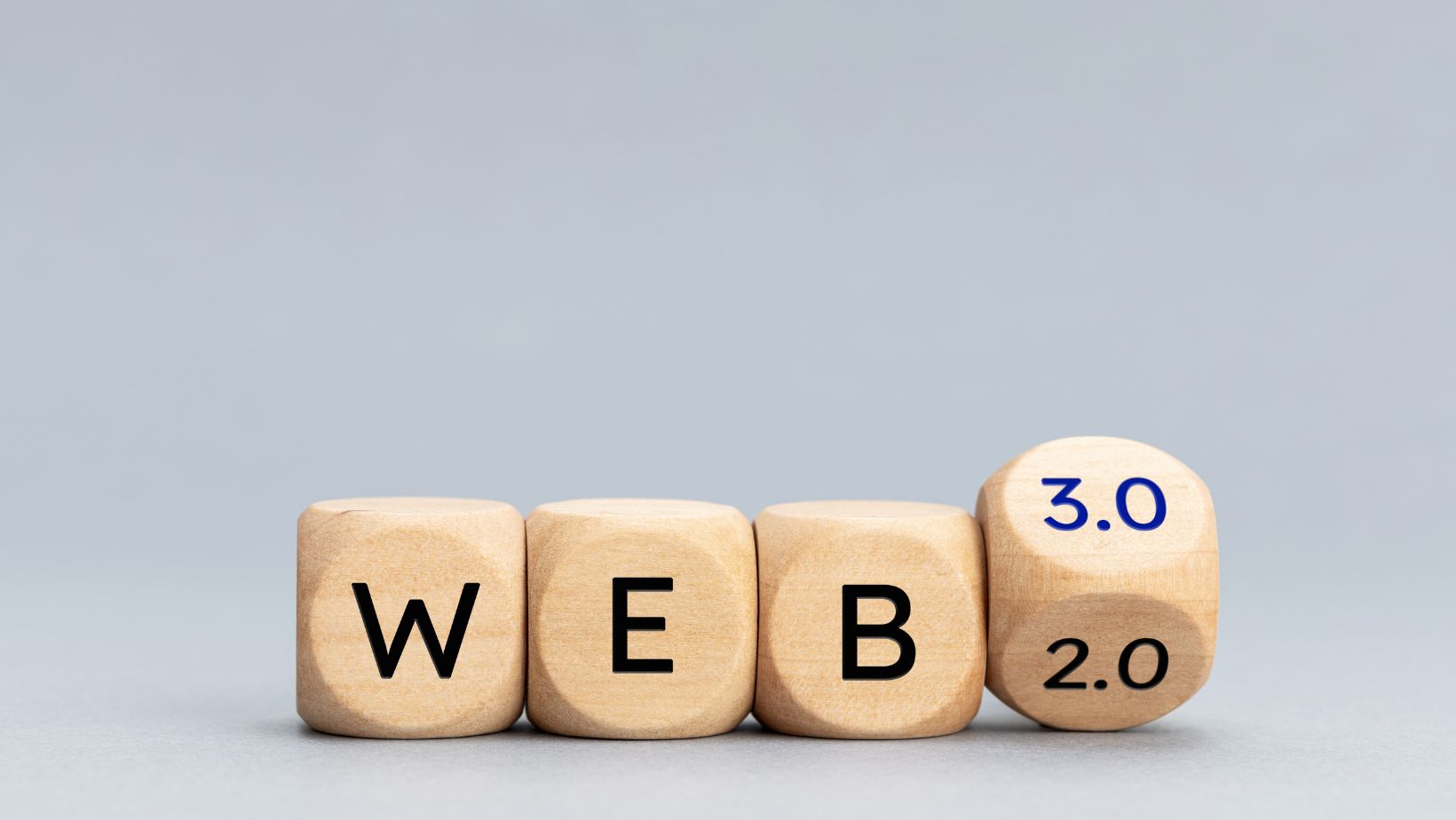Many people were inspired by the blockchain hype when Satoshi Nakamoto wrote his first article on blockchain in 2008. At that time, they saw blockchains and the decentralized web as the future, but the future unfolded in a slightly different way.
Today’s technological landscape, which influences domains ranging from finance to sports betting on platforms like First.com, as well as healthcare and the creation of virtual reality worlds like Star Atlas, is diverse. It comprises Web3 technologies, cutting-edge Web2 technologies, and elements of Web4 technologies (the Internet of Things, together with AI and hyper-personalization).
In this article, we will discuss the key trends in technologies that may shape the future of gaming and leisure, as well as other aspects of our lives.
What Is Web2 and Why It Defines How We Live Today?
The first internet revolution began with Web 1.0 and the corresponding technologies, such as HTML. It was the internet of static pages, where you couldn’t have your impressions, which couldn’t change in reality without refreshing. Still, they possess immense power — the power to broadcast information to the entire world.
Next came Web2, which really defined what we are today.
Web 2.0 brought social media and responsive design for mobile devices. Technologies like React.js made it possible to build highly dynamic platforms, such as Facebook, which can change dynamically without requiring a refresh, allowing millions of people to post content, comment, and share reactions in real-time.
Web 2.0 also brought about online shopping, the rise of Amazon and other marketplaces, and the growth of e-commerce, ultimately transforming the world’s economy into what it is today.
Governments, corporations, healthcare organizations, and educational institutions now communicate with their audiences on social media. Corporations grow thanks to online merchandise, and Big Tech merchandise has developed into what we call the fifth power – influencing political and social life.
Yet, alongside the vast possibilities, there came a sacrifice – in Web 2.0, we are no longer the masters of our own data. Every person’s information can be shared with third parties without consent. It is not possible to track royalty rights of digital creators, and finance operations are often the target of fraud.
At some point, the brilliant yet straightforward concept of Satoshi Nakamoto’s decentralized haven rockered the world, prompting a shift in the web life from trolls to regular people.
Why Web3?
At the essence of Web3, or the third generation of the internet, lies blockchain technology.
The blockchain is a series of specific pieces of code (blocks) coded in a particular sequence (chain) with timestamps, which makes it transparent and impossible to tamper with.
For example, if you code something on a blockchain and want to edit your code, you can’t go back and make edits; you’ll have to overwrite the code, which will be visible to everyone who has access.
In this way, the technology made it possible to create Bitcoin, the first cryptocurrency, which was followed by new currencies and platforms in an explosive manner.
Since cryptocurrencies gained popularity and effectiveness, the concept of blockchain has been further expanded.
The first domain that was most susceptible to it was gaming. Blockchain lays the foundation for interoperability between games. The in-game assets in Web2, such as skins, armor, and cosmetics, are specific to their games. In Web3, they can transcend the boundaries of their games and be utilized in other games, sold on Web3 marketplaces like OpenSea, or used for voting in decentralized communities or exchanges (such as plots of land in Sandbox).
All of this is possible thanks to tokenization. This is a blockchain-based technology that enables the creation of unique digital objects, known as NFTs (non-fungible tokens).
NFTs are pieces of art, code, images, or videos that are unique due to the immutability of blockchain technology.
That technology powered the whole new economy of creators and buyers. What is more important is that it created a system of anonymous, yet transparent voting that helped gamers power the decentralized communities, an interesting system that can be replicated in the real world.
Yet, despite the great opportunities that Web3 offers to internet users, it is still too slow and too complex to build compared to the lightweight technologies of Web2.
Presently, Web3 is developing rapidly, with blockchain programming languages becoming faster and cryptocurrencies becoming easier to mint. The first attempt to address the inertness of the bitcoin-based blockchain was Ethereum, the system that introduced the PoC protocol, which enabled faster coding of new Ether and smart contracts.
The evolution continued with the proposal of Layer 2 blockchains, which offered faster transaction processing and greater flexibility. However, from what we see now, Web3 technologies have not yet completely conquered the web world.
At the same time, new concepts evolve.
Web4 and Web5 Technologies as the Evolution of Web2 and Web3
While Web3 communities elaborated on the principles of decentralization and sought ways to build personal autonomy on the internet, the Web 2.0-based rise of artificial intelligence and Internet of Things applications occurred. It was like the clash of two philosophical approaches.
Web4 offers a hyper-personalized internet where human intelligence will merge with machine intelligence. At its basis, it’s the continuation of the Web2 concept. In this concept, the comfort and effectiveness of technologies are achieved through extensive data mining, which often comes at the expense of personal digital autonomy.
The Web5 concept is different. Jack Dorsey proposes it and presupposes building the internet of decentralized web nodes, where autonomous, decentralized identities can represent users. The whole principle of such an internet is the combination of Web3 ideas on decentralization with Web2 technological achievements. Interestingly, both concepts have great potential for future development.
Summing Up
In the future of the internet, we will still balance the comfort of cutting-edge hyper-personalization technologies with the desire to regain governance power for the people. In other words, the evolution of the internet is unpredictable and promises many interesting achievements on its way.



More Stories
When Private Thoughts Meet Smart Responses: Why Erotic AI Feels So Personal
What To Pay Attention to People You Meet Online
How Casino Games Are Taking Inspiration From Video Games